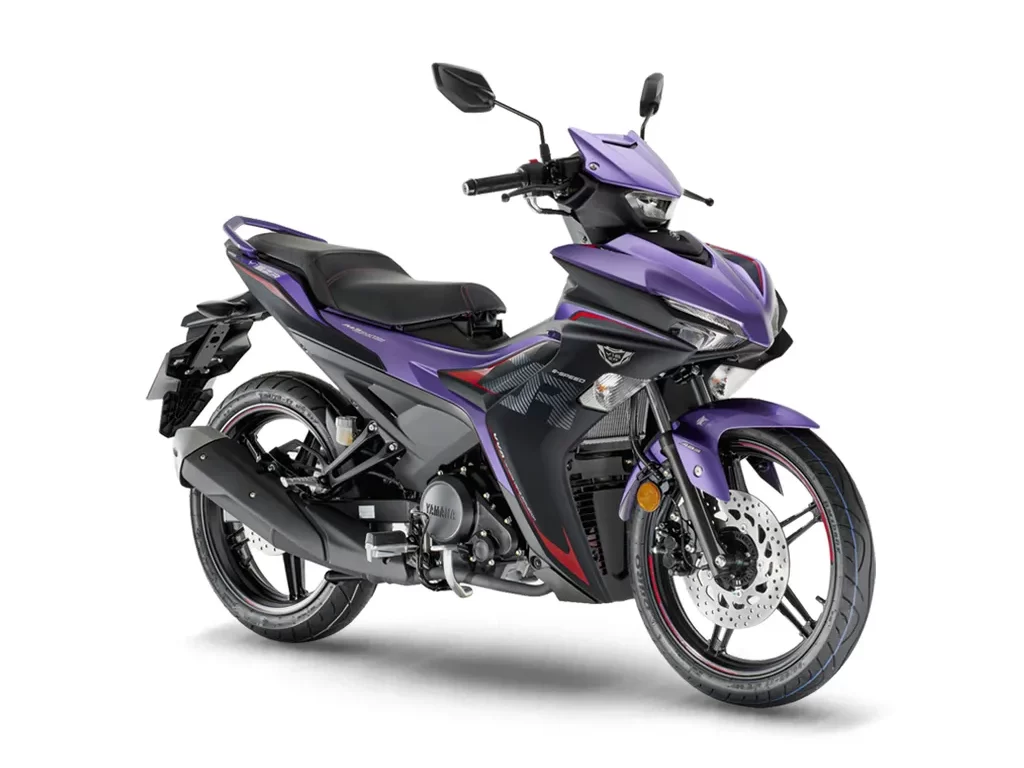The Triumph Daytona 660, oh what a love affair.
Winning the Sportsbike of the Year 2025 category in the Allianz-BikesRepublic.com Motorcycle of the Year Awards 2025 means knocking out some very advanced and powerful contenders, some of which are of World Superbike Championship winning pedigree.

So why did the Triumph Daytona 660 win?
You see, we ourselves love the 1000cc supersports bikes too. However, we cannot ride them on a daily basis, no matter how hard we try. The roads conditions are not getting any better, and there are increasingly more poorly skilled drivers out there who would add you to the national road accident statistics.
Also, the closest the 8 out of 10 supersports bike get to a track is the parking lot.
The segment in which the Daytona 660 resides is itself hotly contested. These are “everyday” sportsbikes that you can commute and tour on, and then ride on trackdays. And this was the biggest consideration.

Built on the amazingly popular Trident 660 platform, it provides superb handling, confidence, ease of controls, and a super punchy engine. The way it was designed even allows for saddlebags should you want to go touring. The seating position does not have your buttocks in the faces of other road users. And the handlebars are not placed so low that have you doing push-ups.
Let us not forget that engine. Triples usually have an aggressive punchy (along with a rowdy exhaust to it). However, Triumph have always worked hard to produce linear throttle response for all their bikes. As such (along with confidence inspiring handling), new and inexperience riders will not find it intimidating, while veteran bikers will still find it entertaining.

And that was why the Triumph Daytona 660 is the Sportsbike of the Year.
Nett selling price: RM 49,500
What we liked: Everyday usability, styling, handling, character.
What we did not like: No fully adjustable suspension.





























































































































































































